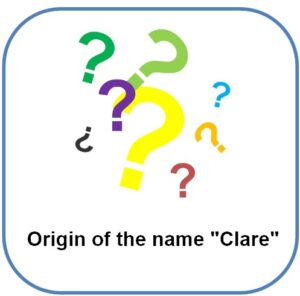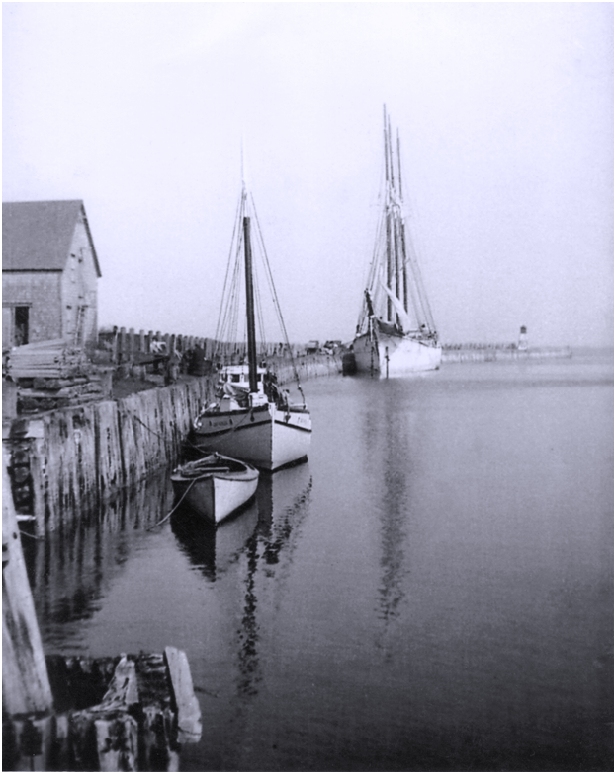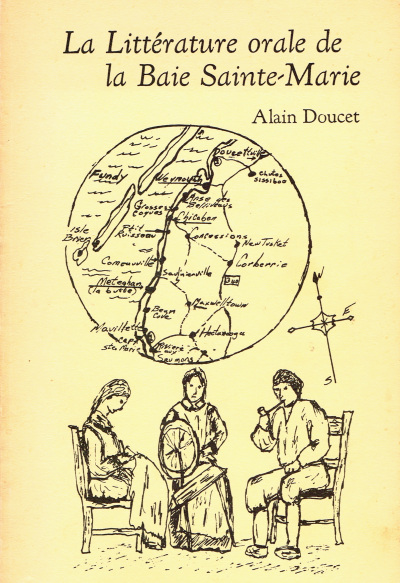Local oral history tells us that the Township of Clare was named by Michael Francklin, Lieutenant Governor of Nova Scotia, in honour of County Clare, Ireland, where he was born. A review of Michael Francklin’s biography does not bear this out – Michael Francklin was born in Poole, England. So how did the name of Clare come about?
About Michael Francklin:
“…{Michael} Francklin, who spoke French, was also influential among the Acadians. As lieutenant governor he had allowed those who had returned following the expulsion to settle around Minas Basin on terms far more generous than the Council had recommended. In addition, he permitted the unrestricted practice of the Roman Catholic religion and gave guarantees that there would not be a second deportation. Francklin was not specifically empowered to give these guarantees, but he managed to convince the Board of Trade that his policies were wise, and they were eventually ratified by that body. It is impossible to ascertain how many Acadians returned, but a 1771 census counted 1,249 persons in 274 families throughout the province…”
Source Fischer, L.R.
On December 23, 1767, the said Michael Francklin, Lieutenant Governor of Nova Scotia, and member of the Executive Council in Halifax, ordered a survey to be carried out in Windsor and Annapolis Counties. In the Warrant of Survey dated July 1, 1768, Surveyor John Morrison was ordered to survey land along the shores of “la baie Sainte-Marie”, from the mouth of the Sissiboo River to the northern limit of Yarmouth County.
Excerpts from the Warrant of Survey dated July 1, 1768, at Halifax Nova Scotia from Michael Francklin to John Morrison:
“…The bearers hereof will deliver to you a Warrant of Survey of this date directed to Mr. Morrison or his Deputy, of which you are one, to lay out land to them between the River Sissibou and Cape St. Mary’s…”
“…You will Pitch upon the most convenient Spot for the Town Plott to consist of two hundred acres. You will also mark down Three Hundred Acres for a Common, Five Hundred Acres for a Glebe, and St. Mary’s is better than Sissibou I would chuse to have the Town Plott there divided it does not exceed the distance from Sissibou of Twelve Miles as the Crow Flyes…”
“…This Township is to be called Clare and is designed to be Twelve Miles as the Crow Flys at Coast….”
This is the first documented use of the name Clare for this region along Baie-Sainte-Marie. In this Order in Council dated July 1, 1768, each Acadian head of a family who took the Oath of Allegiance was to have the right to 80 “arpents” of land for himself and 40 “arpents” for each member of his family.
Where then, did the name Clare originate if not from the name of Michael Francklin’s birthplace? It appears that “Clare” was a tribute to “Lord Clare” (Robert Craggs-Nugent , Viscount Clare), who was president of His Majesty’s Board of Commissioners for Trade and Plantations (aka. First Lord of Trade) from January 19, 1767 to January 20, 1768, and the person upon whose authority the decision to create this district was made.
So, the Township of Clare in Nova Scotia did ultimately derive its name from County Clare in Ireland but more indirectly than previously believed. Another interesting note mentioned in several of the publications listed below: Clare is an anglicised version of the Irish word “Chláir”. The Irish county’s name comes from the Irish word Clár, meaning a board or plank. It is said that a board was placed across the River Fergus outside Ennis, at a place which was to become known as Clare, (now Clarecastle town).
And thus was the name “Township of Clare” was born – July 1, 1768
The surveyor John Morrison and his team, which included Jean Bastarache, surveyed from the Sissiboo River to Cap-Sainte-Marie, an area in what was then Annapolis County.
On September 5, 1768, Joseph Dugas, his wife Marie-Josèphe Robichaud and their four-year-old daughter Isabelle arrived in Clare to take possession of Lot No. 10 of “La Concession Bastarache”. It is believed that Joseph Dugas and his family arrived at what became later known as L’Anse-des-LeBlanc. Twenty days after their arrival, on Sept 25, 1768, Marie-Josèphe gave birth to their first son, Joseph (Jr.).
One has to be amazed at the courage and ingenuity of this young family who survived the first winter, alone, in this rugged wilderness; the next group of settlers did not arrive from Port Royal until the spring of 1769. By 1771, twenty-four families were living at Baie-Sainte-Marie, or Clare Township.
Joseph Dugas (Jr.) established himself at Grosses-Coques where the homestead still stands.
Links and Bibliography:
Fischer, L.R. “Francklin, Michael” in Dictionary of Canadian Biography. Volume 4, University of Toronto/Laval, 2003.
http://en.wikipedia.org/wiki/Michael_Francklin
http://www.biographi.ca/en/bio.php?id_nbr=1892
http://www.irishcultureandcustoms.com/ACounty/Clare.html
http://en.wikipedia.org/wiki/Clare,_Nova_Scotia
http://www.clarenovascotia.com/




